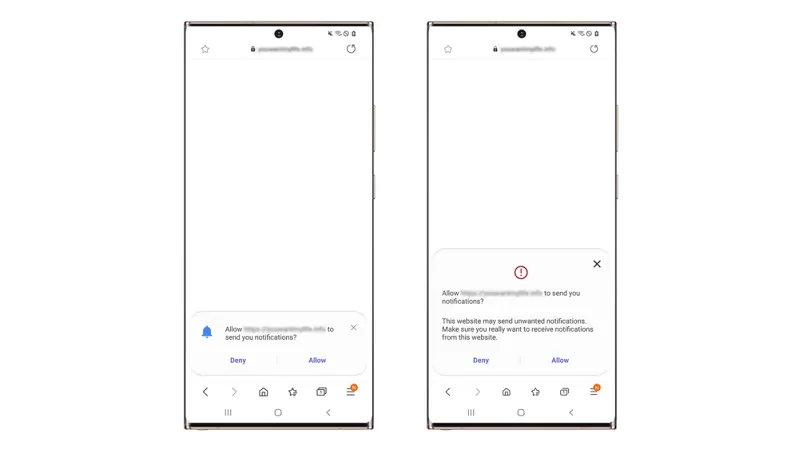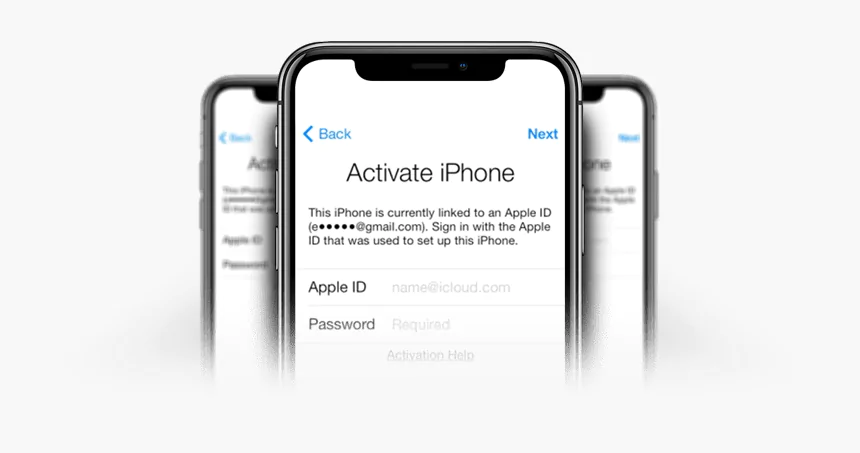Samsung Internet 13.0 Update: Take your internet experience to the fore

Samsung Electronics has announced a new updated version of its mobile browser, Samsung Internet. Samsung’s existing features with easy serviceability, reliability, and speed have been improved and the latest version 13.0 offers new security features that allow users to enjoy the best internet search experience and safety.
Kim Doo-il, chairman of the Web Development Group at Samsung Electronics’ Wireless Division, also revealed his aspiration that
“as this is an era of many things happening online, we want to ensure that everyone can enjoy a secure online experience through the best value that Samsung Internet offers.”
What features have been added to Samsung Internet 13.0 to enable safe online travel? The newsroom looked closely,
It’s hard to tell which websites to trust. Samsung Internet 13.0 has increased security by identifying suspected malicious websites or cheating websites that trick users into allowing notifications and applying new phrases and designs to the Permission Popup that sends warning messages.
You can also place an icon of ‘Secret mode’ in the address bar that prevents privacy from being disclosed to others so that you can immediately see if it works. The new ‘Secret Mode Information’ gives users a detailed description of the feature and how it is executed.
Samsung Internet 13.0 ” DARK MODE and HIGH CONTRAST MODE”
Samsung Electronics has complemented existing features and added new features to maximize the experience. Using ‘Dark mode’ and using ‘High contrast mode’ makes it easier to see the text and icons.

In addition, we expanded the app bar of the menu such as bookmarks, saved pages, history, and downloads to provide a more convenient experience. If you need to make more use of page space, such as when you’re playing videos or photos, you can hide the status bar. This allows you to enjoy your content with more immersion.
In addition, video assistant adds convenience features such as double-clicking the center of the screen to pause when watching a video in full screen and making it easier to edit bookmark titles to find bookmarks.
Samsung Internet 13.0 Features
Samsung Internet 13.0 unveils a new Application Programming Interface (API) module for the development of extensions. The API provides features such as Web Request, Proxy, Cookies, Types, History, Alarms, Privacy, Notifications, Permissions, Idle, and Management. Developers can implement Internet-enabled extensions using new APIs, and add extensions to Samsung’s Internet browser through verification and approval by the Samsung Internet team.
Existing Samsung Internet users can be notified of the new version and download the latest version of the Samsung Internet browser from the Google Play Store or Galaxy Store.




